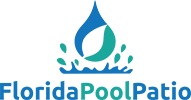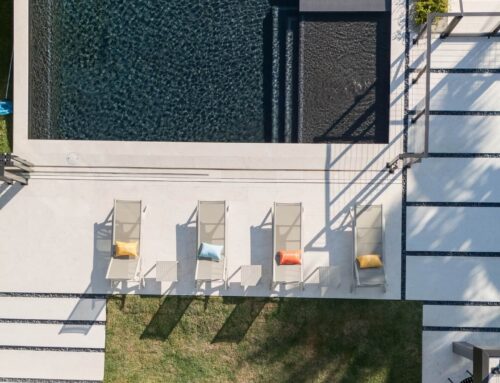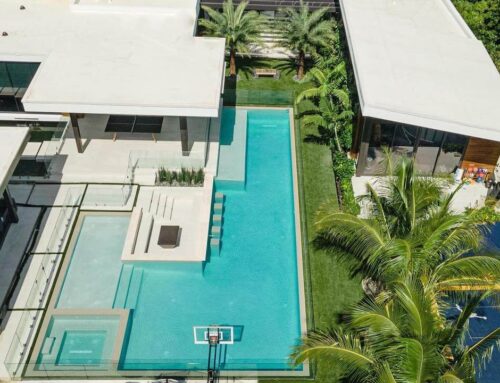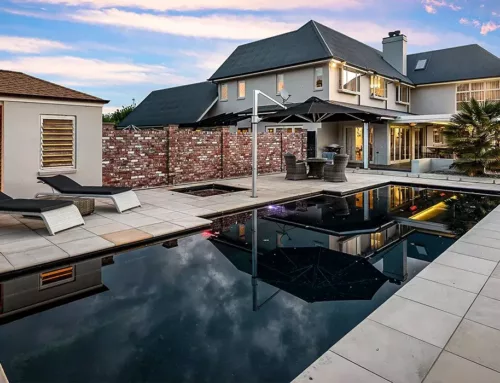Olympic swimming started in 1896. Over the years, additional swimming events have been added, such as the backstroke, breaststroke, relays, and butterfly. Although swimming techniques have changed over the years, the size of the Olympic pool changed only once during this time.
When it comes to swimming pools, they come in varying shapes and sizes, and both mostly depend on the purpose of use. Two main categories of pools exist – those meant for relaxation and leisure, and those meant for recreation and competition. Pools can also be indoor and outdoor. The difference is self-explanatory.
The Regulated Size of Olympic Pool
As mentioned, swimming pools come in different shapes, sizes, and depths. Recreational and private pools are the most diverse because they don’t have a specifically required dimension.
When it comes to competition swimming pools, they need to meet a couple of conditions to be recognized by FINA (Fédération internationale de natation, ENG: International Swimming Federation).
One of the regulations is that the temperature needs to be between 77-82 Fahrenheit.
The Length Of An Olympic Pool
How long is an Olympic pool? Well, the answer is exactly 164ft (50 meters) in length between the touch panels. This length is referred to as the “long course”. There’s a shorter version which is 82ft (25 meters) long and is referred to as “short course”. Both lengths are recognized by the swimming federation.
Although both are considered as a regulated size of Olympic pool, the long course is used in the Olympic games.
When it comes to competition, the short course usually has faster competition times because there are more “wall pushes” which increase the speed of the competitors significantly.
The Width Of An Olympic Pool
When it comes to the official width of an Olympic size pool, it’s also regulated and it’s 82ft (25 meters) for a full-sized Olympic pool. The important thing about the width of an Olympic size pool is that there need to be two empty spaces outside the first and last lane.
The Depth of An Olympic Size Pool
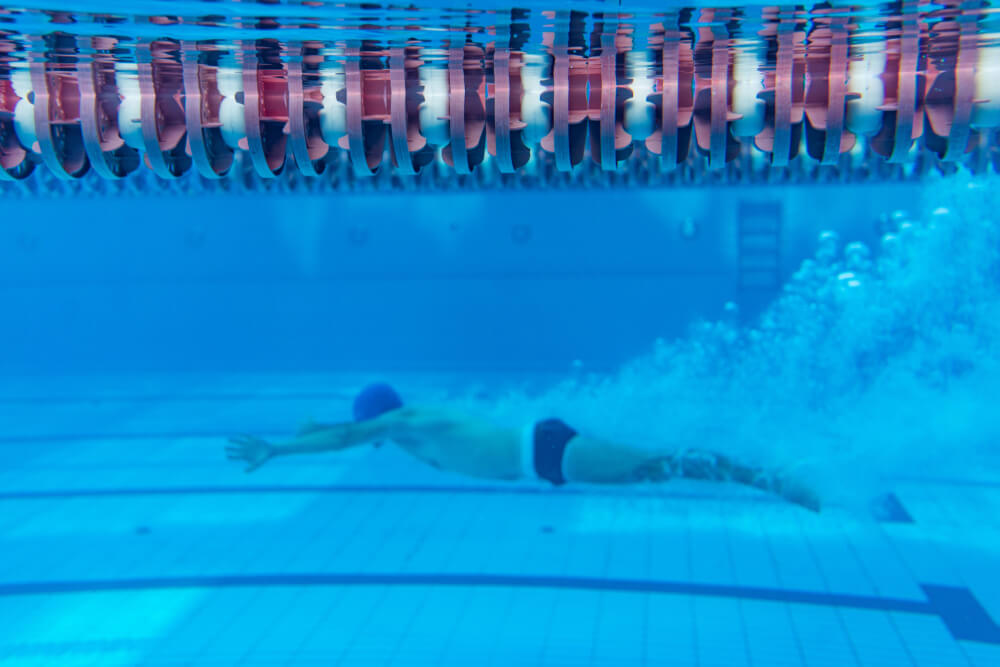
How deep is an Olympic pool? Honestly, there’s no strict regulation that requires a pool to be of a specific depth. The regulation states, however, that it can’t be less than 6ft 7in deep, and the recommendation is 9ft 10in.
The Difference Between Indoor and Outdoor Olympic Pools
Now that we’ve answered the question of how big an Olympic size pool is, it’s time to explain the difference between indoor and outdoor pools. Regarding pool sizes, there’s no difference between an outdoor Olympic size pool and an indoor Olympic size pool.
The difference between an outdoor and indoor Olympic pool isn’t in size or depth, it’s actually in the quality of the environment that can have a large effect on swimming results. By this, we mean that the air quality is much better in outdoor swimming pools compared to indoor ones.
Indoor swimming pools often have warmer air than needed and have little to no ventilation. This significantly decreases the quality of the air and the athletes can’t get enough oxygen to perform at their highest level.
Because the weather is one of the most important factors when organizing a swimming or any other type of water event, most Olympic size pools are located indoors.
Air conditioning and proper ventilation are also extremely important when it comes to indoor pools, while outdoor swimming pools don’t need this type of equipment, but need to be maintained more often.
Other Pool Sizes Used For Recreation
Pool sizes vary depending mostly on available space and purpose of use. You won’t see an Olympic pool in a backyard that has just enough space to fit one. You’ll more likely find a lap pool or a plunge pool in such areas. When it comes to schools and spas, you’ll likely see larger pools, but most commonly, there will be a short course Olympic pool.
Lap pools are amazing for recreation and are usually narrow and long. They’re meant for one or two people who like swimming for recreational purposes, thus the long rectangular shape. The great thing about them is that they offer all the space you need for recreation, but for a fraction of the cost and the maintenance is significantly easier.
Plunge pools are larger than spas, but smaller than the short course pools and are usually meant for relaxation and entertainment. They’re also not as deep. These pools are usually rectangular but can be any size and dimension you imagine.
Olympic Size Pool Maintenance

The reason why we emphasized the cost of maintenance for these pools is because of the size of Olympic pool. As we already said, the size of an Olympic pool is 164ft by 82ft, with a minimum depth of 6ft 7in.
Using simple math, the amount of water needed to fill up this pool ends up being more than 660 thousand gallons of water.
When it comes to maintenance for such a large swimming pool, we’re looking at around a quarter of a million dollars annually just for chemicals and utilities alone. Unfortunately, the cost won’t stop there because there are many other key factors related to having an Olympic size pool.
Maintaining the surrounding area of a pool should also be included in regular maintenance, whether it’s landscaping or just painting the walls if it’s an indoor pool, but in most cases, it’s more than that.
Do We Need Pools So Big?
Olympic-sized pools are very few thanks to their sizes, and they are also expensive to build and maintain. Aside from competitive swimming, there are only a handful of reasons why swimming pools of this size are needed.
Aside from swimming competitions, full-sized pools are used for water polo and a few other water sports. Building these types of pools requires experience and expertise, which are the main traits of Florida Pool Patio.
Another reason why such giant pools are needed, especially in places that have hot summer days, is that they’re used as public swimming pools. Although maintenance costs a fortune, these pools are something most larger towns need to have, for the sake of the common population.
Some private properties also include a short course swimming pool, which is why it’s important to have local experts such as Florida Pool Patio do the maintenance. Or, take care of rebuilding and remodeling projects.
If you liked our article about Olympic pools, make sure you check out our other articles and share this one on social media with your friends and family.
